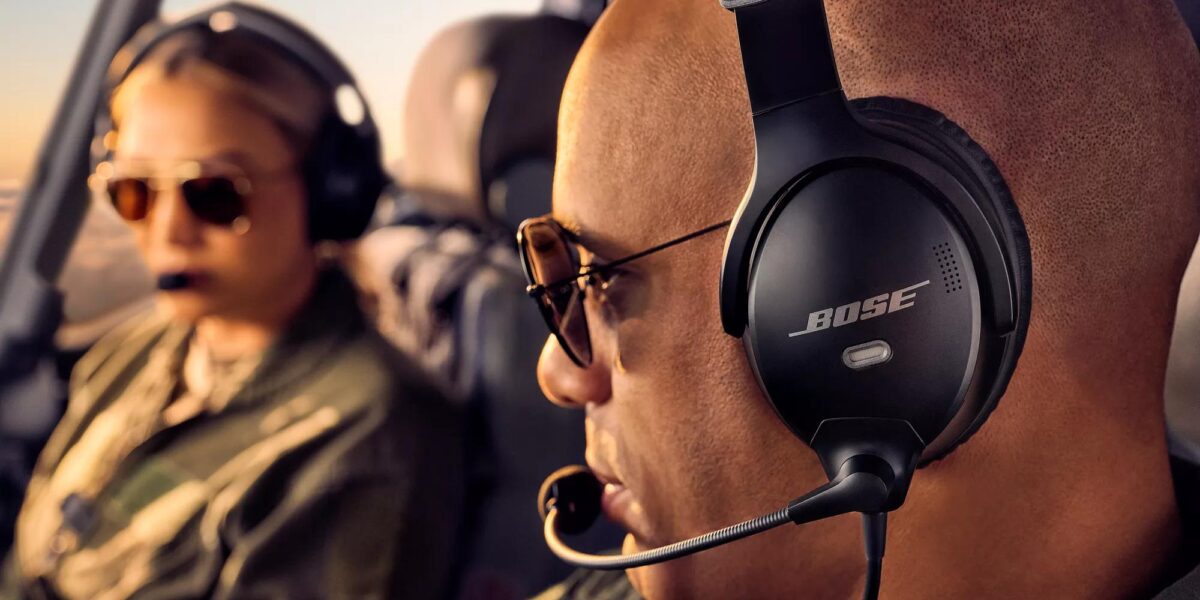Best Aviation Headsets Under $500 in 2025
You don’t need to spend $1,000+ for a quality aviation headset. These affordable options deliver excellent performance for student pilots, recreational flyers, and budget-conscious aviators who want proven reliability without breaking the bank.
The aviation headset market has evolved significantly, with several manufacturers now offering solid mid-range options that rival expensive models in comfort and noise reduction. While premium headsets like Bose A20 and Lightspeed Zulu command prices over $1,000, the under-$500 category has matured to provide genuine value for pilots who fly regularly.
1. David Clark H10-13.4 – Best Overall Value ($350-$400)
The gold standard for budget-conscious pilots. Legendary durability and reliability that’s made David Clark the choice of professional flight schools worldwide.
Why it’s a great value:
- Lasts 10-15 years with proper care (lowest cost per year of ownership)
- No batteries needed – passive noise reduction means it never dies mid-flight
- Used by professional flight schools globally – proven in training environments
- Simple, reliable passive noise reduction reduces cockpit noise by 20+ dB
- Made in USA quality with excellent customer service and parts availability
- Comfortable gel ear seals reduce pressure points during long flights
- Clear audio quality for communications
Understanding Headset Technology
Passive vs. Active Noise Reduction
Passive Noise Reduction (PNR) uses physical materials—thick ear cups, dense foam, and tight seals—to block sound. Headsets like the David Clark H10-13.4 rely entirely on PNR. The advantages: no batteries required, nothing electronic to fail, and lower purchase price. The trade-off: slightly more noise than ANR headsets, though still very effective in most training aircraft.
Active Noise Reduction (ANR) uses microphones and electronics to generate opposing sound waves that cancel low-frequency engine noise. ANR headsets are quieter and reduce pilot fatigue on long flights, but require batteries (usually AA) and cost more upfront. For pilots flying multiple hours daily, ANR can be worth the investment.
Comfort Considerations
Headset weight and clamping pressure vary significantly. The David Clark H10-13.4 weighs about 16 ounces and has moderate clamping force—enough for a good seal without causing headaches. Pilots with glasses should look for models specifically designed to accommodate eyewear without breaking the seal.
Alternative Options Worth Considering
Faro G2 ANR ($450-$500)
Active noise reduction at the top of the budget range. Excellent value for pilots wanting ANR performance without paying premium prices. Uses standard AA batteries and provides noise reduction comparable to headsets costing twice as much.
Kore Aviation KA-1 PNR ($200-$250)
The budget option for student pilots. While not as durable as David Clark, the KA-1 provides adequate passive noise reduction for training. Good temporary solution if you’re unsure about continuing flight training.
Why Budget Headsets Make Sense
- Perfect for student pilots: During primary training, you’re focused on fundamentals. A reliable passive headset is all you need.
- Great for occasional flyers: If you fly once or twice a month, spending $1,000+ on a headset doesn’t make economic sense.
- Allow you to invest in more flight hours: Every dollar saved on equipment buys you more time in the air, which is what truly improves your skills.
- You can always upgrade later: Many pilots start with a David Clark and upgrade to ANR after getting their license. The DC headset becomes an excellent passenger headset.
- Lower risk if aviation doesn’t work out: Not everyone completes flight training. Starting with a mid-priced headset reduces your financial exposure.
Headset Care and Maintenance
Even budget headsets last years with proper care:
- Store in a headset bag when not in use to protect from dust and damage
- Replace ear seals annually (about $25) for best noise reduction and comfort
- Clean microphone foam regularly with mild soap and water
- Inspect cable for wear, especially where it connects to the headset
- Don’t leave headset in hot aircraft—extreme temperatures degrade materials
What Features Can You Skip?
To stay under $500, you’ll sacrifice some premium features:
- Bluetooth: Nice for music, but not essential for safety or training
- Auto-shutoff: Just remember to turn off ANR headsets after flight
- Auxiliary input: Most budget headsets lack phone connectivity
- Premium materials: Leather ear cups and carbon fiber are luxury touches
None of these features affect core functionality—communication and hearing protection. They’re conveniences you can live without or add later with an upgrade.
Making Your Decision
For most pilots on a budget, the David Clark H10-13.4 represents the sweet spot of value, reliability, and longevity. If you can stretch to $450-500, the Faro G2 ANR provides active noise reduction that reduces fatigue on longer flights. Below $300, consider the Kore Aviation KA-1 as a training-only solution, but plan to upgrade within a year or two.
Remember: your headset is safety equipment. It protects your hearing and ensures clear communication with ATC. Choose reliability over features, and don’t sacrifice quality to save $50. A good headset pays for itself in comfort and hearing protection over thousands of flight hours.
Contains affiliate links. We may earn a commission from qualifying purchases at no cost to you.
